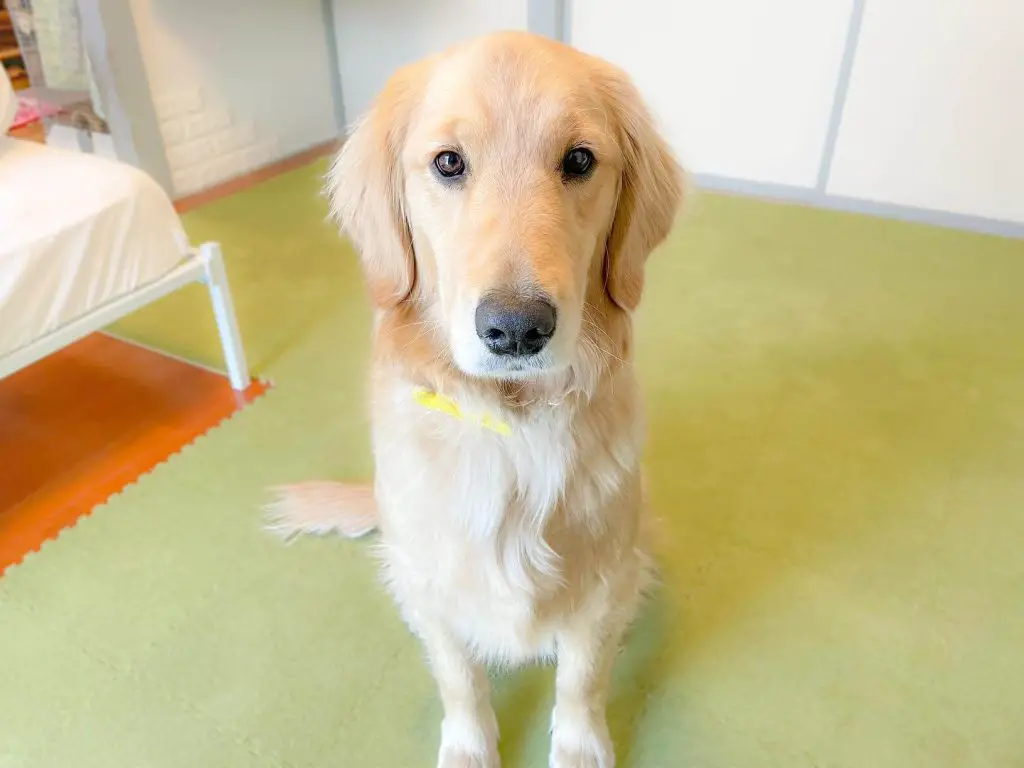Dogs are social creatures, and as pet owners, we cherish the companionship and bond we share with our furry friends. However, there are times when our canine companions need to spend time alone. The question is, how much alone time is acceptable for dogs, and when does it become too much? In this article, we will explore the importance of alone time for dogs, signs of excessive isolation, and tips for maintaining a healthy balance.

Understanding the Need for Alone Time:
While dogs thrive on human interaction and affection, they also benefit from having some alone time. Here are a few reasons why alone time can be beneficial for dogs:
- Independence: Spending time alone can help dogs develop a sense of independence and self-sufficiency.
- Rest and Relaxation: Just like humans, dogs need downtime to rest, relax, and recharge.
- Preventing Separation Anxiety: Gradually exposing dogs to alone time can help prevent or alleviate separation anxiety, a common behavioral issue.
How Much Alone Time is Acceptable?
The ideal amount of alone time for a dog varies depending on their age, breed, and individual temperament. Here are some general guidelines:
- Puppies: Puppies require the least amount of alone time due to their need for socialization and training. They should not be left alone for more than a few hours at a time.
- Adult Dogs: Adult dogs can generally tolerate longer periods of alone time, ranging from four to eight hours, depending on the breed and individual needs.
- Senior Dogs: Senior dogs may need more frequent bathroom breaks, so keep their age-related needs in mind.

Signs of Excessive Alone Time:
It’s essential to be aware of the signs that your dog may be experiencing too much alone time, which can lead to stress, anxiety, or behavioral problems:
- Destructive Behavior: Chewing furniture, digging, or other destructive behaviors may indicate boredom or anxiety.
- Excessive Barking: Dogs left alone for extended periods may bark excessively out of loneliness or frustration.
- House Soiling: Accidents in the house can result from insufficient bathroom breaks or anxiety.
- Depression: A lack of enthusiasm, decreased appetite, or withdrawal from social interaction can suggest depression in dogs.
Tips for Balancing Alone Time:
Maintaining a healthy balance of alone time and socialization for your dog is essential. Here are some tips:
- Gradual Training: Start with short periods of alone time and gradually increase them to help your dog adjust.
- Interactive Toys: Provide toys, puzzles, or treat-dispensing toys to keep your dog mentally stimulated during alone time.
- Dog Walkers or Sitters: If your schedule necessitates long periods away from home, consider hiring a dog walker or pet sitter to break up the day.
- Daycare or Playdates: Arrange for your dog to attend a daycare or have playdates with other dogs to ensure they receive social interaction.

Balancing alone time and socialization is vital for your dog’s well-being. While they do need some independence, excessive isolation can lead to stress and behavioral problems. By understanding your dog’s individual needs and providing appropriate mental and physical stimulation, you can ensure that your furry companion is happy, healthy, and content, whether they’re enjoying quality time with you or relaxing on their own.
